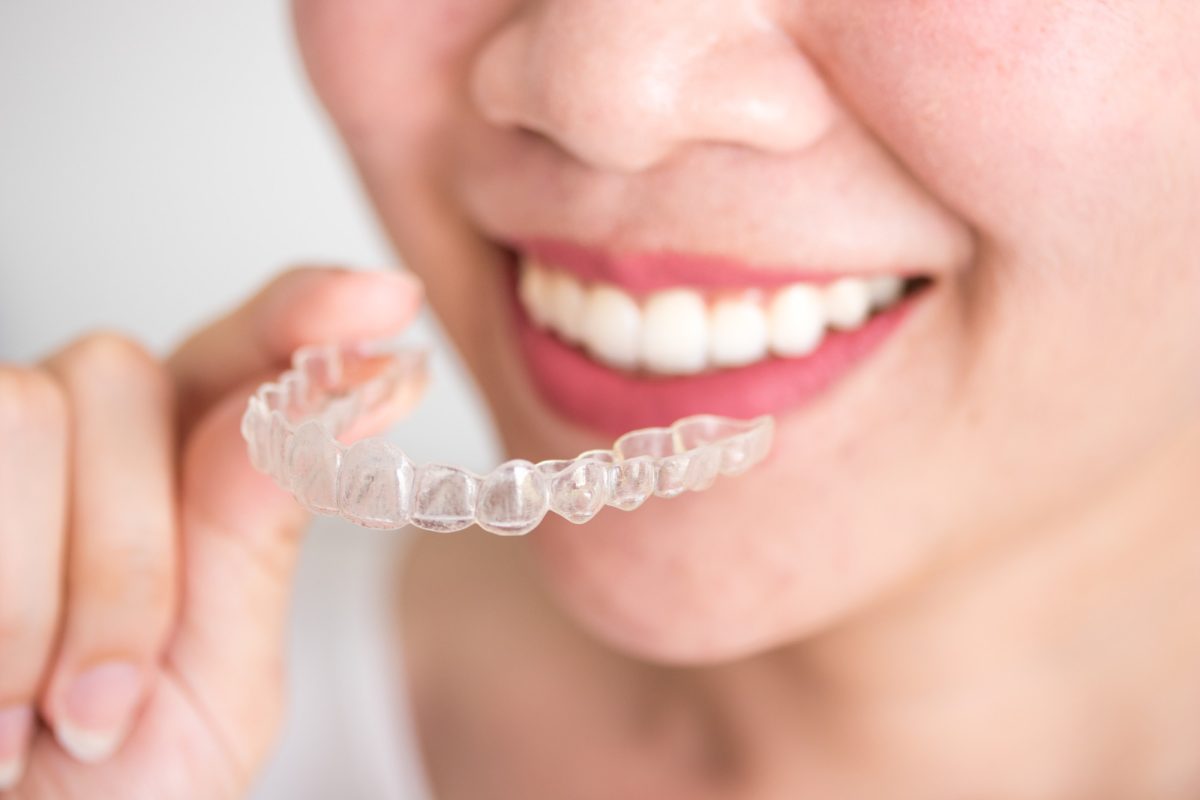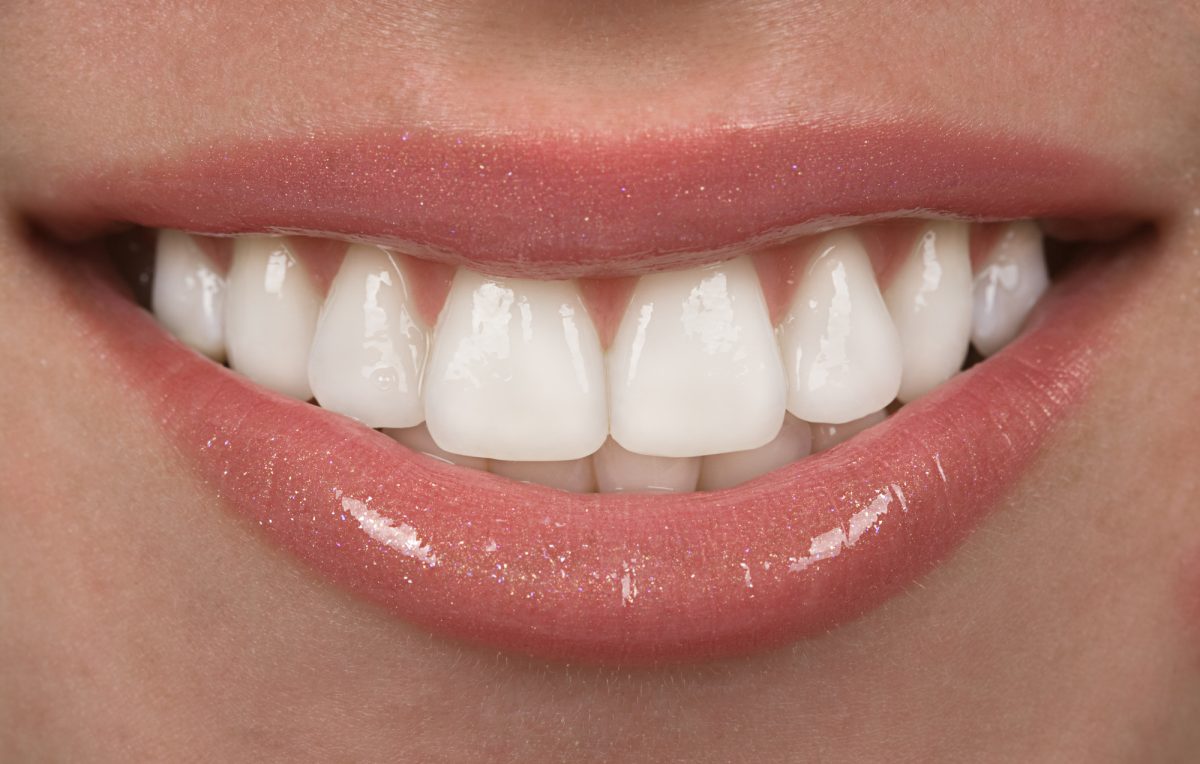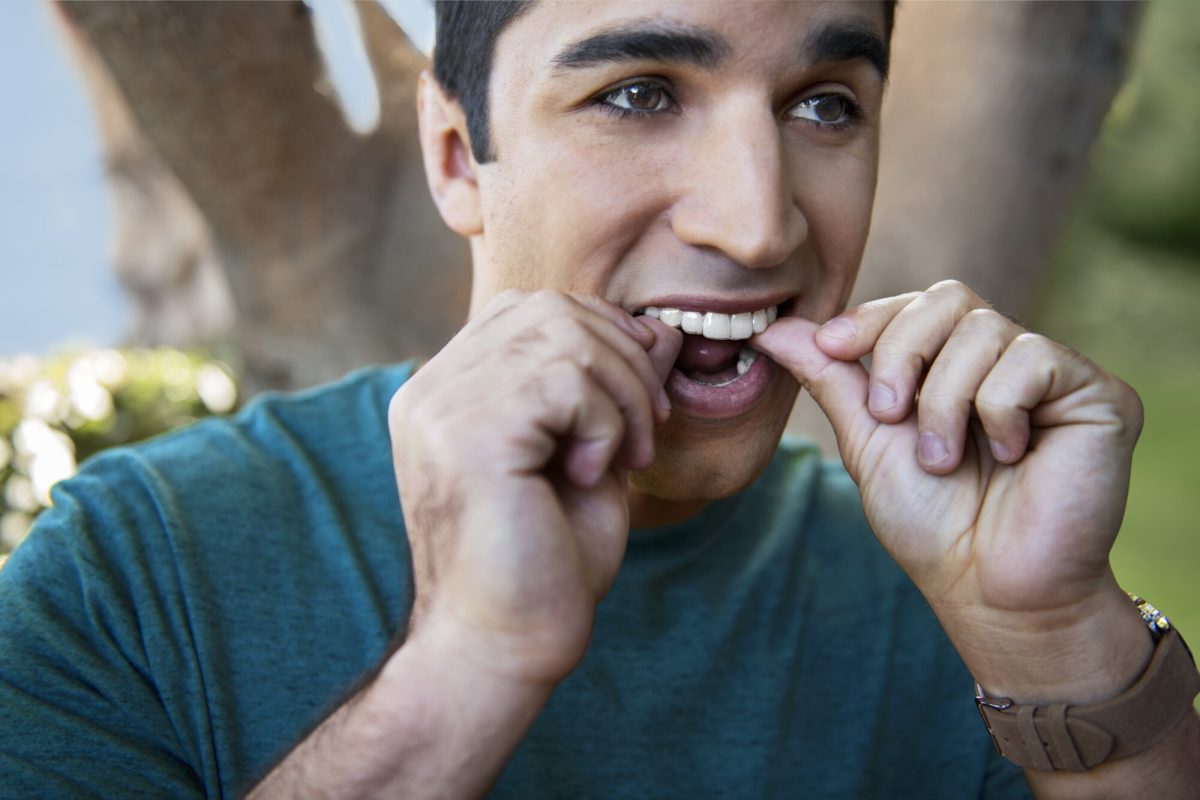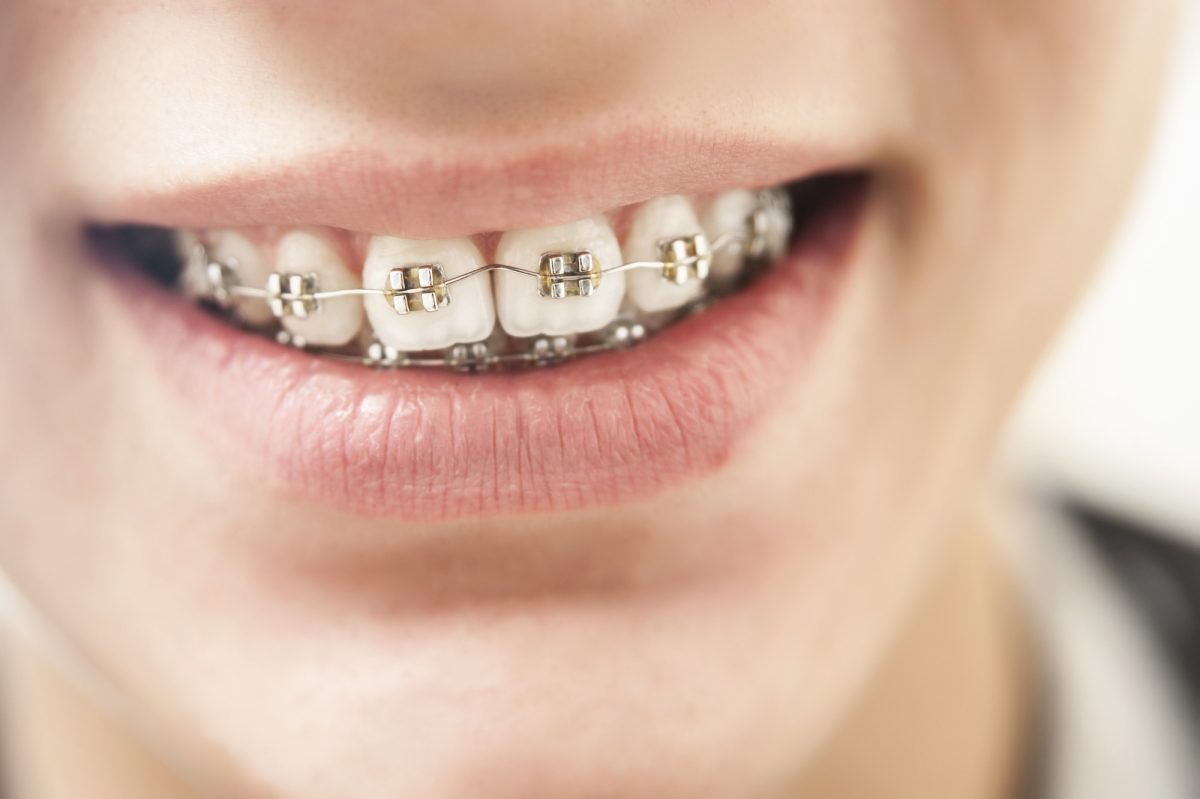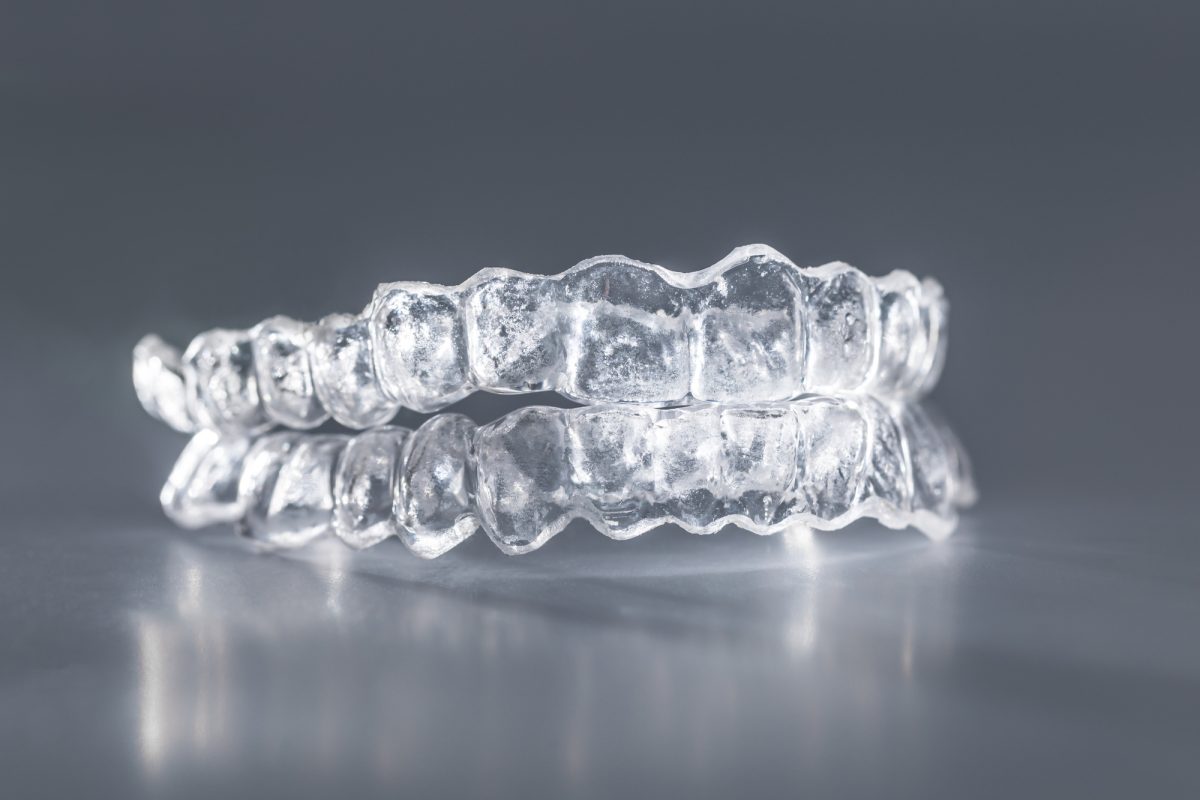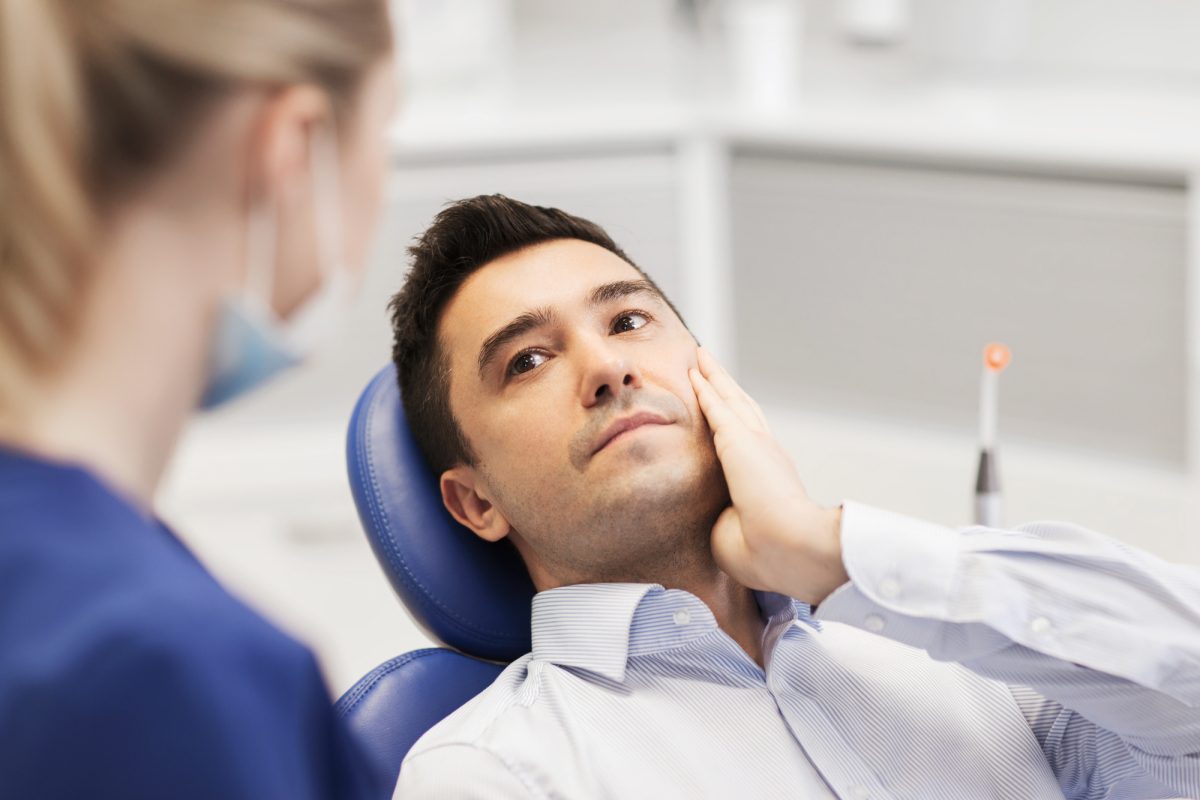Cosmetic dentistry is more popular than ever; the market will grow around 6% annually between now and 2028! Advances in technology and methods mean a […]
Blog
Your Guide to Ceramic Braces
Only 35% of people have straight teeth without the use of braces, like ceramic braces. Ceramic braces are a type of treatment that work to […]
Braces for Children: 4 Telltale Signs It’s Time for Your Child to See an Orthodontist
A recent survey from Cigna shows that 16% of respondents say that their smile hurts their self-confidence. For kids, their self-confidence can make a big […]
Teeth and Timelines: How Long Does an Invisalign Treatment Take?
A recent study found that 60% of respondents dislike their smile. If you’re unhappy with your smile and looking for an alternative to traditional braces, […]
4 Signs Your Child Is Ready for Braces
About four million people in North America younger than 18 already wear braces. In fact, four of every five people wearing braces are minors. Does […]
How To Choose Between Braces vs. Invisalign for Kids
You may be surprised to learn that dental braces are not a modern invention. Even ancient societies like Egypt and Etruria used metal and animal sinew […]
How to Choose the Best Invisible Braces for You: A Guide
Do you or your child have crooked, gapped, or missing teeth? Are you wondering if invisible braces are right for you? Believe it or not, […]
7 Simple Tips for Life with Invisalign Aligners
Because Invisalign first went public in 2000, most users of Invisalign aligners are now younger than the brand itself. Despite this, many users are still […]
At What Age Should My Child Get Braces?
Braces affect more than appearance. Did you know wearing braces as a kid can have long-term effects on digestion, neck tension, autoimmune disorders, and jaw […]
How to Relieve Braces Pain: 5 Helpful Tips
Are you new to braces? While you’re well on your way to a straighter smile, the process can be painful. Your teeth need to shift, […]

